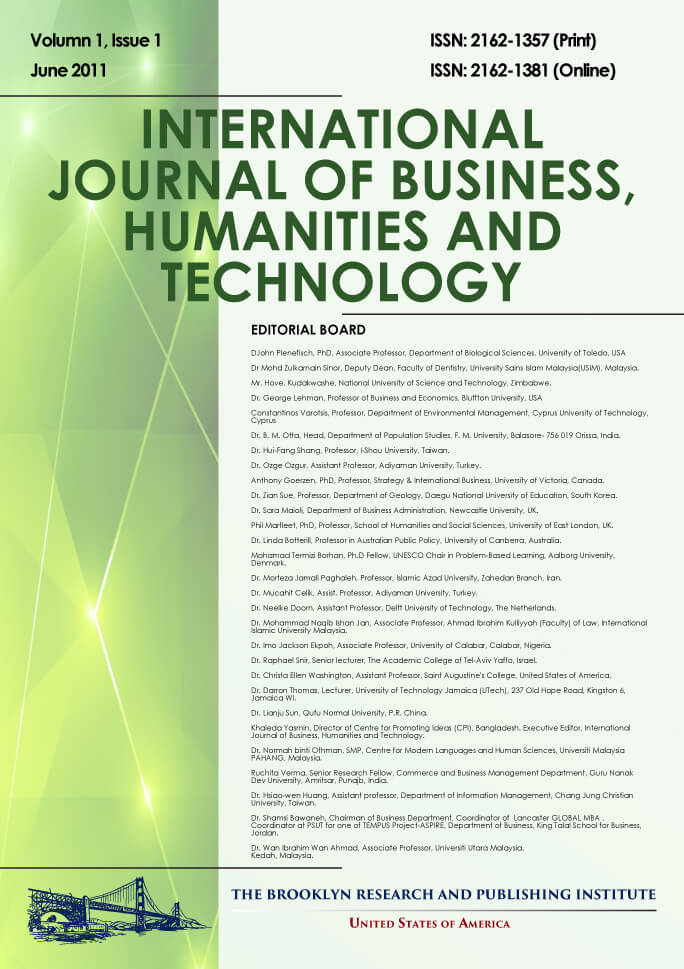Accessibility of Digitally Born Intellectual Property: Cases from Malaysia
Gisa Jähnichen
Abstract
As previous experiences show, those who want to consume digital-born Intellectual Property items within Malaysia and abroad do not necessarily know about the why and how of establishing an Intellectual Property status for digital-born knowledge. Many complications arise during the process of establishing and protecting Intellectual Property within a complex cultural environment as that of Asia. One of the key problems is the general gap in understanding what it is that Intellectual Property embraces, and why it is important beyond its primary exploitation for financial gain. Using digitally born examples from Intellectual Property applications sent to Putra Science Park at one of the largest Malaysian Universities within the last three years, this paper illustrates typical complexities that arise in the process of providing access to Intellectual Property-protected items, especially those that attract international interest by companies and individuals who often exploit Intellectual Property from Asian universities. Taking a central role in this paper is the role audiovisual archivists play in providing secondary access to and preservation of these digitally born Intellectual Property items, beyond their primary uses within the commercial sector. Some contemporary audiovisual content created for commercial and research purposes, especially those created during research with local communities, must endure beyond the Intellectual Property product-development processes of today's profit-minded universities. Audiovisual archivists must be front-and-center in this process, both in selecting and preserving contemporary research output at universities around the world, but also in providing education to communities and researchers around the Intellectual Property process.
Full Text: PDF


